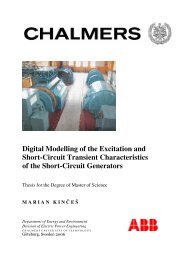Modeling and Simulation of Vehicular Power Systems - webfiles its ...
Modeling and Simulation of Vehicular Power Systems - webfiles its ...
Modeling and Simulation of Vehicular Power Systems - webfiles its ...
Create successful ePaper yourself
Turn your PDF publications into a flip-book with our unique Google optimized e-Paper software.
Figure 8-2 Battery discharging test8.2 Series hybrid bus simulationThe specifications <strong>of</strong> the series hybrid bus are shown in table 8-1. As the test dataavailable has been obtained from the CBD driving cycle so the CBD driving cycle waschosen as the reference drive cycle. The control strategy used to find the reference speed<strong>and</strong> torque <strong>of</strong> the ICE is to keep the speed <strong>of</strong> the ICE at 1600 rpm during power dem<strong>and</strong><strong>and</strong> 840 rpm when the ICE is idling. The ICE is also responsible to provide the tractionpower <strong>and</strong> keep the state <strong>of</strong> charge <strong>of</strong> the battery to 65%.Table 8-1 <strong>Simulation</strong> data for series hybrid busPropertyValue or TypeFuel typeDieselFuel heating value38000 KJ/lPeak engine power150 kWPeak engine speed2500 rpmEngine minimum speed840 rpmEngine maximum torque895.4 N.mTotal vehicle mass19500 kgWheel radius0.47 mAir resistance 0.65Rolling resistance 0.012Front area 7.4 m 2Air_density 1.29 Kg/m 3Maximum vehicle speed32 km/hPeak generator power160 kW50



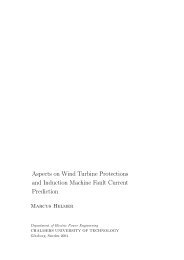
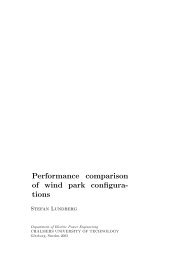
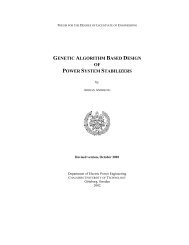
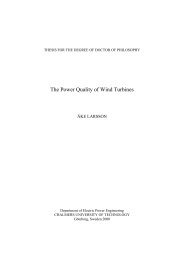
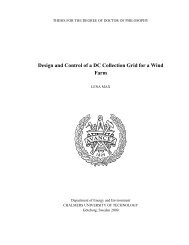

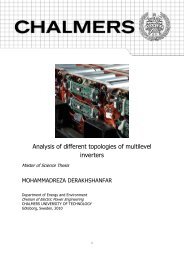

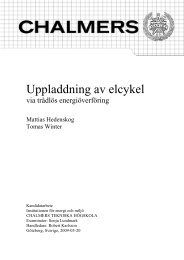
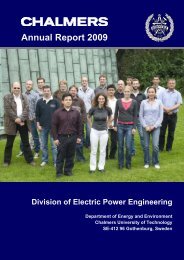
![LAPLACE OPERATOR.ppt [Lecture seule]](https://img.yumpu.com/42909900/1/190x135/laplace-operatorppt-lecture-seule.jpg?quality=85)

